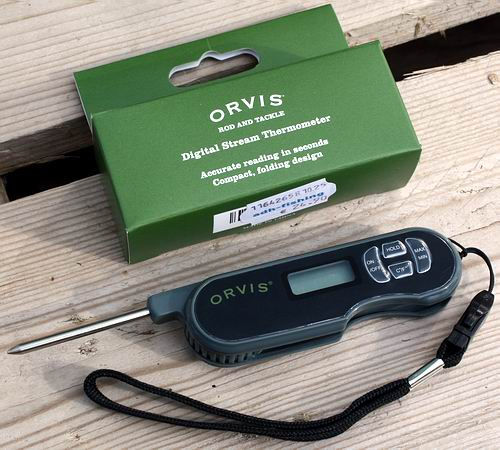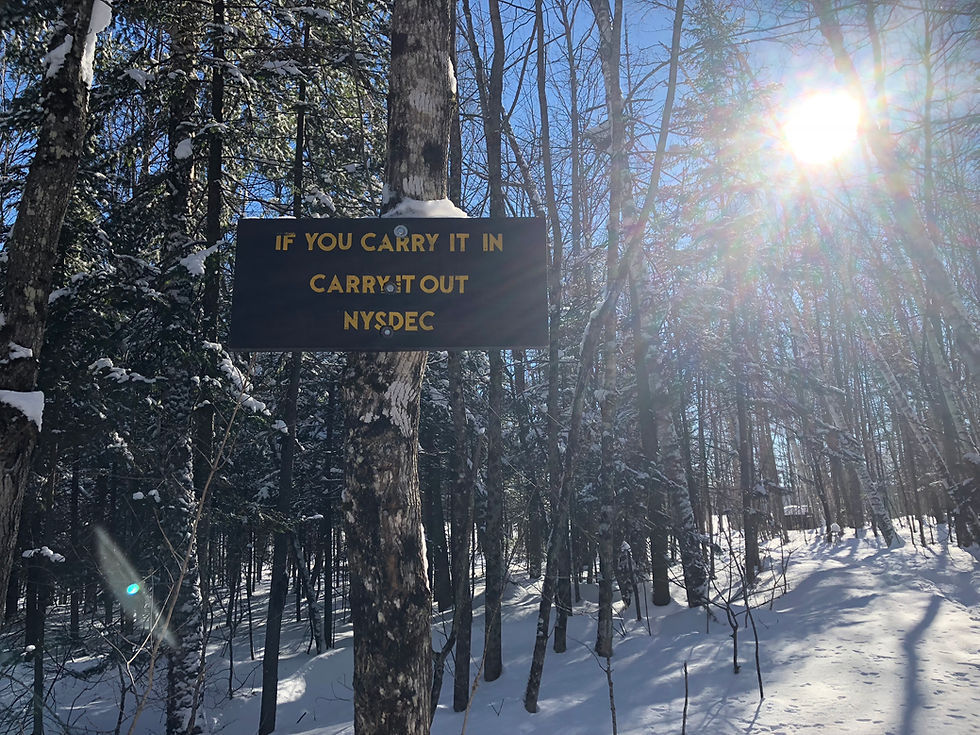Trout Talks: Ice Out ADK Brook Trout
- Andrew Sponable

- Jan 28, 2019
- 3 min read
Winter in the Adirondacks is the time of year when dedicated Brook Trout anglers restock their fly boxes with freshly tied flies and clean their fly lines from the previous season's abuse. It is also the time that cabin fever kicks in and anglers are eager to hit the water. Although April 1 marks the start of NYS Trout Season, it is more often than not that ice will remain on the majority of the lakes and ponds in the Adirondacks until mid to late April.

The beauty of the Adirondacks during the spring time is hard to beat. Spring in the Adirondacks marks the start of what I like to call a "wildlife reboot". The birds that migrated south for the winter are starting to return, the trees that shed their leaves are now starting to bud, flowers are starting to bloom, grass is starting to get green, and most importantly Brook Trout are starting to feed heavily. The rising water temperatures immediately after ice out kickstarts the trout's metabolism, which drives them towards a more aggressive feeding pattern. This change in feeding patterns creates an optimum time for anglers to capitalize on the aggressive nature of the Brook Trout.
During ice out, trout will cruise the shoreline of the lakes and ponds in search of baitfish, leeches, and nymphs. The shoreline of the majority of the ponds in the Adirondacks consists of boulders, fallen trees, and weed lines. This structure is conducive to holding the forage that the Brook Trout feed on. The trout will remain shallow until water temperatures rise and push the fish deeper. When I first approach a body of water, I take the water temperature to help determine where I think the fish might be located in the water column. If the water is below 55 degrees, I will focus on the shorelines and the upper portion of the water column. If the water is above 55 degrees, I will focus on drop-offs and deeper structure where fish will be seeking cooler water.

To target ice out fish, I will often start with a tandem streamer rig consisting of a light and dark streamer. A simple white and black woolly bugger can be used as an effective searching combination. More often than not, you will be able to track the white woolly bugger in the water and watch for follows or flashes. For this rig, I use a 9' 6wt rod loaded with either a floating line or a type III full sink line. If the fish are shallow or around structure such as rocks and logs, I will use the floating line. If the fish are deep, I will use the type III full sink line. The leader I use for the floating line is a simple 9' 3x fluorocarbon leader to the first fly, then a 18" piece of 4x fluorocarbon tippet to the second fly. As for the sinking line, I use a 4-5ft piece of 3x fluorocarbon tippet to the first fly, then a 18" piece of 3x fluorocarbon tippet to the second fly.

The key to ice out Brook Trout is to read the fish and capitalize on their feeding patterns. It is often said that trout are selective on the depth in which they will feed, but opportunistic on what they will feed on. Before changing flies, it is important to change the depth that you are fishing. If changing the depth has not worked and the fish are not responding to the tandem streamer rig, I will switch to a more subtle approach. This includes suspending leeches under indicators or fishing dragonfly or damselfly nymphs on a type III full sink line.
Last, but not least, it is important to note that Brook Trout are a very delicate resource that we are lucky enough to enjoy here in the Adirondacks. Many of the lakes and ponds that hold native Brook Trout cannot support heavy fishing pressure and need to be treated with respect. I highly recommend catch and release on these fish so that future generations can enjoy the same experience of hiking into remote areas in search of these beautiful fish.

Thanks for reading and tight lines!
- Andrew Sponable






Comments